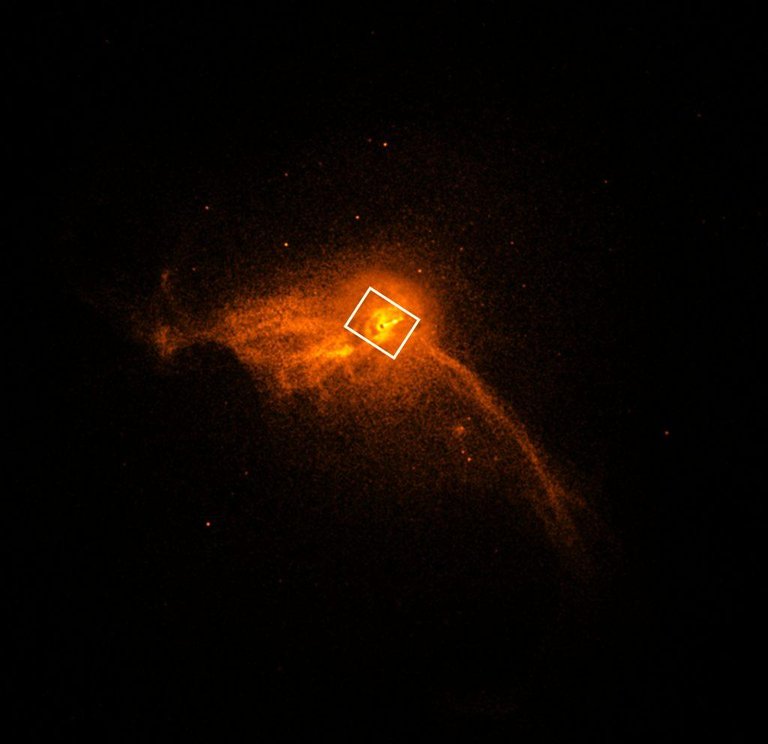“We’ve been studying black holes so long that sometimes it’s easy to forget that none of us has actually seen one,” said France Córdova, the director of the National Science Foundation, which funded the effort to capture humanity’s first image of a black hole. The Event Horizon Telescope is actually 10 telescopes, linked across four continents in the United States, Mexico, Chile, Spain, and Antarctica, and designed to scan the cosmos in radio waves. For a few days in April 2017, the observatories studied the skies in tandem, creating a gargantuan telescope nearly the size of the planet.
“The gates of hell, the end of space and time.” That was how black holes were described at the press conference in Brussels where the first ever photograph was unveiled to an excited audience. And this black hole, a super-massive object at the center of the galaxy Messier 87 (M87 shown above), really is a monster, observed Ellie Mae O’Hagan for The Guardian.
To test the global network of radio telescopes in the EHT array that’s 4,000 times more powerful than the Hubble Space Telescope that captured the first image of the black hole in the galaxy M87, the Event Horizon Telescope team decided on two targets, each offering unique challenges.
“An Illusion or Portal to Another Universe” –Viewer’s Guide to 1st Photo of Milky Way’s Black Hole
The closest supermassive black hole to Earth, Sagittarius A, interested the Event Horizon Telescope team because it is in our galactic backyard – at the center of our Milky Way galaxy, 26,000 light-years (156 quadrillion miles) away. (An asterisk is the astronomical standard for denoting a black hole.) Though not the only black hole in our galaxy, it is the black hole that appears largest from Earth. But its location in the same galaxy as Earth meant the team would have to look through “pollution” caused by stars and dust to image it, meaning there would be more data to filter out when processing the image. Nevertheless, because of the black hole’s local interest and relatively large size, the EHT team chose Sagittarius A as one of its two targets.
The second target was the supermassive black hole M87. One of the largest known supermassive black holes, M87 is located at the center of the gargantuan elliptical galaxy Messier 87, or M87, 53 million light-years (318 quintillion miles) away. Substantially more massive than Sagittarius A, which contains 4 million solar masses, M87 contains 6.5 billion solar masses. One solar mass is equivalent to the mass of our Sun, approximately 2×10^30 kilograms.
“Pōwehi” –Galaxy M87’s Gargantuan Black Hole Named After Hawaiian Creation Chant
In addition to its size, M87* interested scientists because, unlike Sagittarius A, it is an active black hole, with matter falling into it and spewing out in the form of jets of particles that are accelerated to velocities near the speed of light. But its distance made it even more of a challenge to capture than the relatively local Sagittarius A. As described by Katie Bouman, a computer scientist with the EHT who led development of one of the algorithms used to sort telescope data during the processing of the historic image, it’s akin to capturing an image of an orange on the surface of the Moon.
Congratulations @moneyguro! You received a personal award!
You can view your badges on your Steem Board and compare to others on the Steem Ranking
Vote for @Steemitboard as a witness to get one more award and increased upvotes!